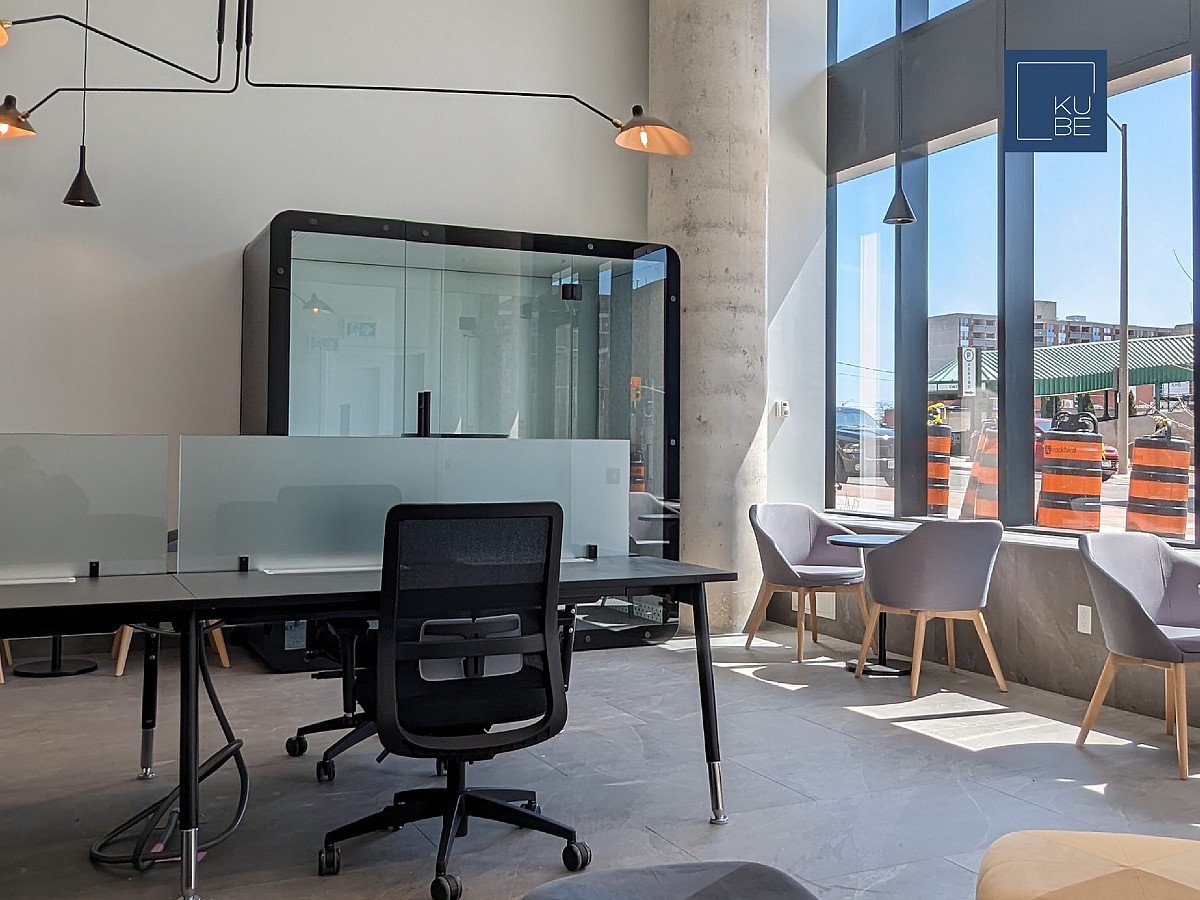Case Study: Optimizing Privacy and Productivity in a Canadian Multinational Corporation's Open Office Environment
Posted on 03 June 2024

Introduction
The debate surrounding open-layout offices, lauded for fostering teamwork but criticized for lacking employee privacy, is a subject of ongoing discussion (Krasnov et al., 2019). The Canadian branch of a global corporation, while designed to encourage transparency and collaboration, faced challenges, particularly between the sales and strategy teams, due to its highly visible layout (Candido & Tjondronegoro, 2019). The arrival of Tony as the Director of Business Development marked a pivotal moment, initiating a paradigm shift to balance communication transparency with a renewed emphasis on privacy.
Background
Tony joined the company with a clear goal, but the existing open workspace did not cater to his team's need for solitude. The absence of privacy hindered private meetings and efficient operations for the strategy and sales teams (Krasnov et al., 2019). Recognizing the urgency of the situation, Tony embarked on a mission to find a solution that addressed the concerns of all parties involved. His vision aimed to create a system that harmonized the benefits of seclusion with the interactive, collaborative environment of the workplace.
The Challenge
The architectural design of the office posed the most significant challenge, impeding quiet discussions and focused work. The previous structure proved inadequate for handling sensitive material and the team's need for high concentration (Candido & Tjondronegoro, 2019). The lack of dedicated spaces for phone calls or focused activities resulted in reduced productivity and a negative work atmosphere, contributing to a decline in production.
The Solution
Tony, after extensive research, identified Kubebooth modules as the optimal solution for soundproofing and versatility. Recognizing the potential for privacy without compromising the open office layout, he introduced Kubebooth's privacy pods into the office (Colenberg & Arkesteijn, 2021). Tony's innovative approach aimed to create a vibrant environment where staff could engage in meetings while still having private conversations in the open office. He approved the setup, incorporating two pods for two people each and one booth for four.
Implementation and Outcome
The introduction of Kubebooth's acoustic pods brought about a significant transformation in the office environment. Beyond soundproofing, the enclosures offered visually appealing and comfortable workspaces, enabling employees to concentrate on their tasks (Candido & Tjondronegoro, 2019). Quickly gaining popularity among the strategy and sales teams, other departments expressed interest in adopting them. The ability to plan meetings of any size, along with the doubling of booth spaces due to increased demand, led to a dramatic increase in employee satisfaction.
Employee satisfaction skyrocketed as booth spaces accommodated spikes in demand, resulting in more efficient phone calls and meetings (Krasnov et al., 2019). Facilitating confidential interactions in the workplace and implementing remote collaboration in small teams reduced inefficiencies and enhanced overall productivity.
Conclusion
Tony's strategic decision to integrate privacy booths into the open office structure significantly improved the working atmosphere at the Canadian operation of the global corporation. By prioritizing privacy concerns over the advantages of an open office arrangement, he enhanced working conditions, efficiency, and production. This case study underscores the importance of innovation and adaptability in workplace design, emphasizing that leveraging proper and innovative technologies can enhance workplace collaboration and confidentiality.
References
Candido, C., Chakraborty, P., & Tjondronegoro, D. (2019). The rise of office design in high-performance, open-plan environments. Buildings, 9(4), 100.
Colenberg, S., Jylhä, T., & Arkesteijn, M. (2021). The relationship between interior office space and employee health and well-being–a literature review. Building Research & Information, 49(3), 352-366.
Krasnov, A., Green, E. R., Engels, B., & Corden, B. (2019). Enhanced speech privacy in office spaces. Building Acoustics, 26(1), 57-66.
